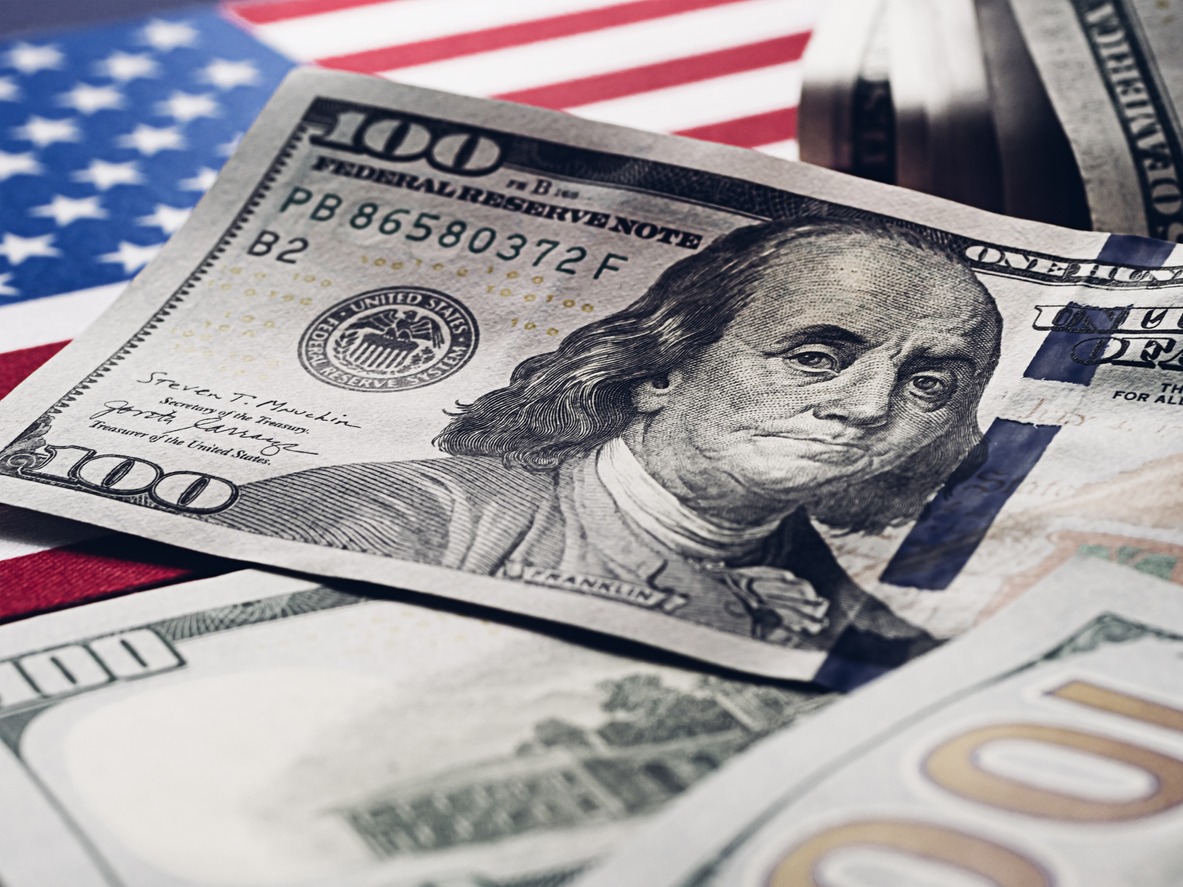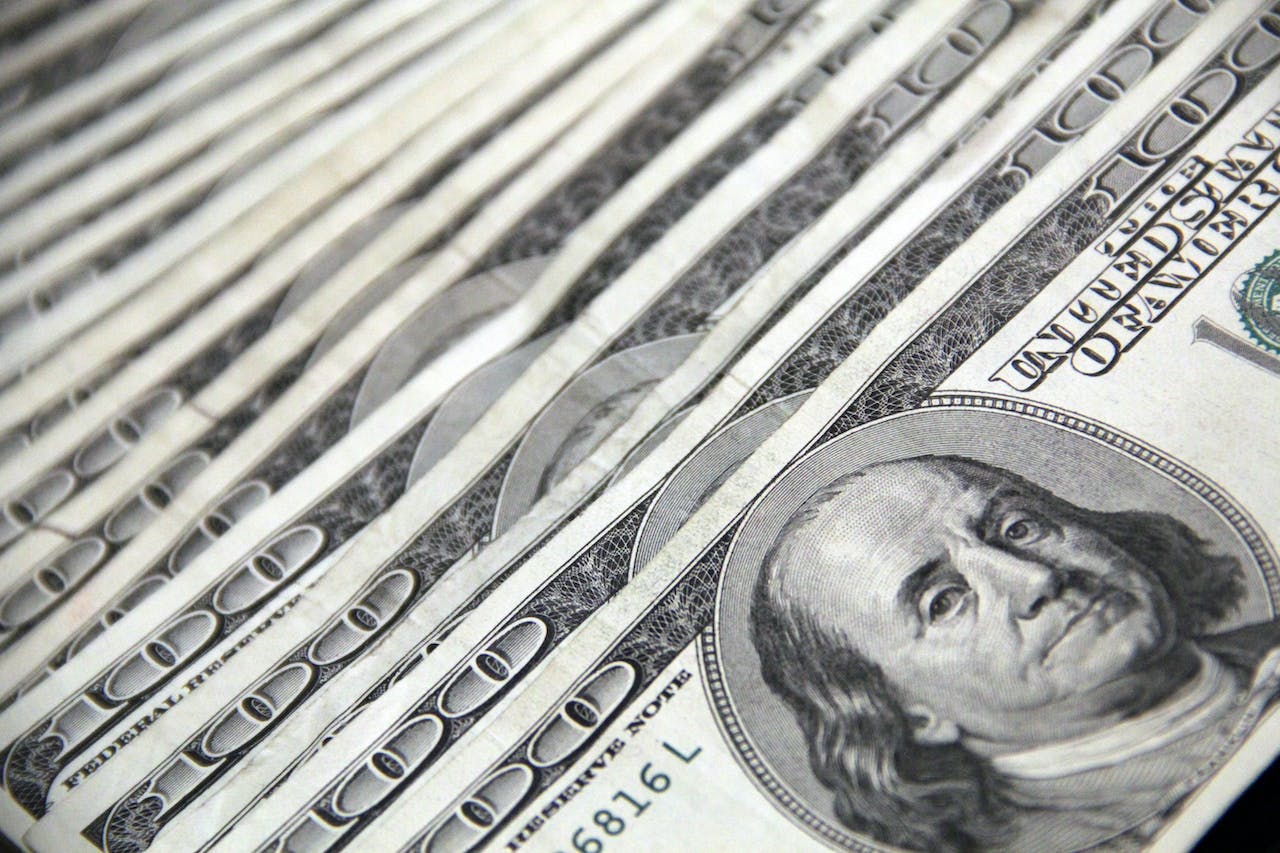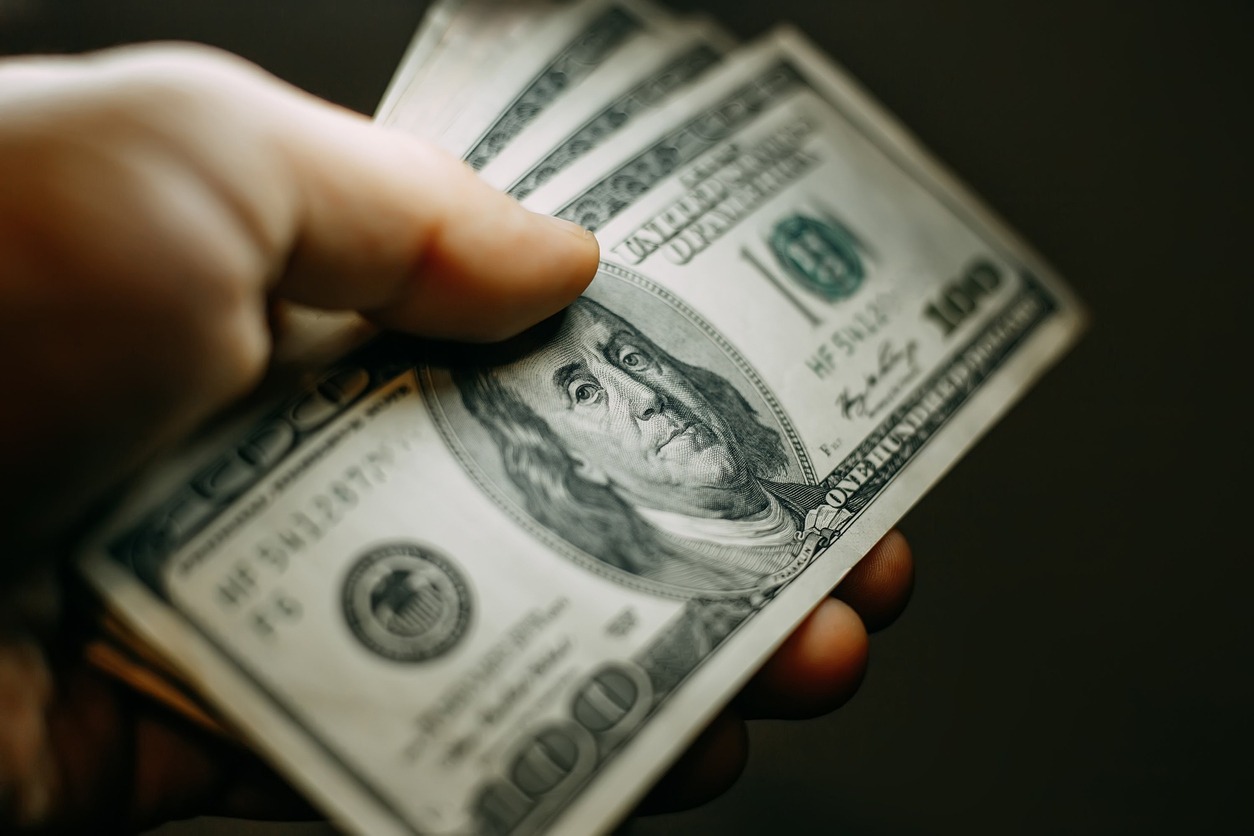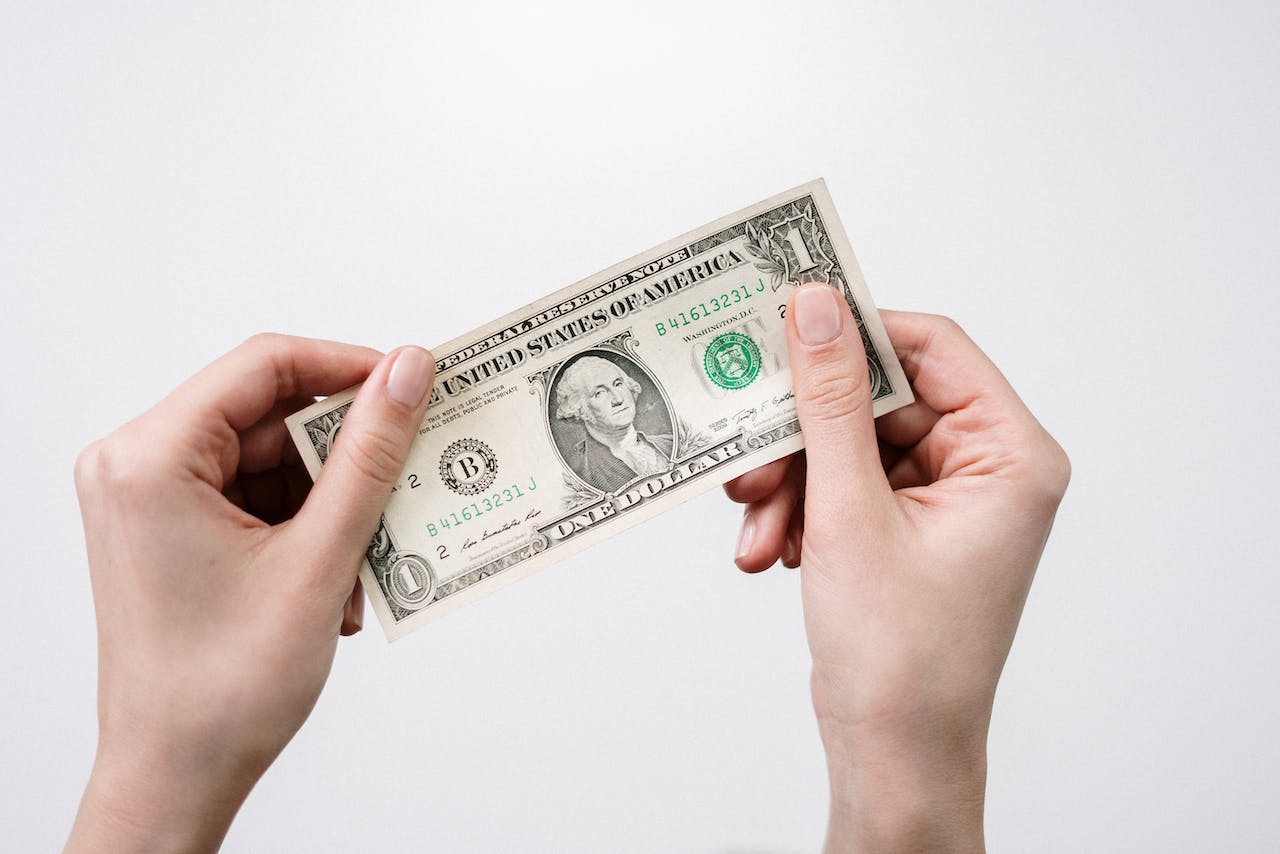The US dollar is more than just a currency; it is a marvel of history, technology, and global influence. From its surprising materials to its role as the world’s reserve currency, each note tells a story far beyond its monetary value. Here, we will unveil six mind-blowing facts about the US Dollar that reveal its unique characteristics, its pivotal role in global economics, and the intriguing details that make it a subject of fascination worldwide. These insights will change how you view this iconic currency, whether it is the unexpected materials it’s made from, the hidden features designed to thwart counterfeiters, or its historical evolutions.
1. The Highest Denomination Ever in Circulation Was the $10,000 Bill
The largest denomination in everyday use was a $10,000 note, excluding the $100,000 gold certificate the Fed issued to move money between banks. The bulk of these were printed in 1928, at the height of the economic boom experienced in America during the 1920s, and could be used as legal tender in any transaction. Only a few hundred of those identical banknotes are thought to be in circulation today, making them highly desirable to collectors. A mint condition 1928 edition bill can sell for as much as $130,000 at auction.
2. More Than Two-Thirds of $100 Bills Are Held Outside the US
Over two-thirds of $100 bills circulate outside the United States, residing in foreign banks and safe deposits. Despite the vast sums of money Americans transact within their borders annually, the preference for holding the $100 note abroad underscores its status as a favored reserve currency globally. Thanks to the dollar’s reputation for stability, it is widely used for debt payments and funding state-supported projects. Consequently, those accumulating dollars abroad are less concerned about the potential devaluation they might face with other currencies.
3. The Dollar is the Most Traded Currency in the World By Far
On the multi-trillion-dollar foreign exchange market, traders swap US dollars for other currencies in every corner of the globe, often hoping to exploit the value difference between the leading reserve currency and other currencies. The US dollar accounts for around 88% of trade on the global forex market. It plays an integral role in the currency trading industry, in which beginner and veteran traders increasingly take advantage of the best forex bonuses to freely trade dollars on the global marketplace, no matter where they are located, because of the increasingly popular online trading industry. This appetite for trading dollars cannot be found with any other currency.
4. Dollar Bills Can Be Folded Up To 8000 Times
US dollar bills can withstand up to 8,000 folds, far exceeding the folding endurance of ordinary paper, which typically succumbs after about twelve folds. Contrary to the common belief that paper can only be folded eight times, the resilience of dollar bills comes from their distinctive composition of cotton and linen rather than the traditional paper materials. This choice of materials ensures that dollar bills maintain their integrity through various conditions, contributing to their longevity and durability.
5. The Green Color Was Used to Prevent Counterfeiting
The distinctive green color of the US dollar, now a globally recognized feature, was initially chosen as a countermeasure against counterfeiting. In the 19th century, most of the world’s paper currencies, including the dollar, were printed in black and white. This monochromatic scheme made it easier for counterfeiters to replicate bills using the black-and-white photography available at the time.
To combat this vulnerability, the Federal Reserve sought a solution that would hinder the efforts of forgers. They found it in the green dye, a pigment not readily accessible to the general public during that era. The rarity of the green dye made it a strategic choice, as it significantly raised the barrier to produce convincing counterfeit bills. This decision helped safeguard the currency’s integrity and cemented the greenback’s iconic appearance, setting it apart from other currencies and making it harder for counterfeiters to imitate successfully.
6. 27 Countries Accept the US Dollar as Currency
In another stark reminder of the US dollar’s global pre-eminence, 27 countries now accept it as legal tender within their territory. The world’s second-largest reserve currency, the euro, only has 19 countries that accept it as legal tender. The British Virgin Islands, Ecuador, Barbados, and Vietnam are just a few countries that officially accept US dollars for goods and services. Some of this is that businesses can often enjoy better exchange rates when they receive the more sought-after dollars, while some of it is simply because dollars are everywhere. Global travelers are most likely to have them in abundance.
More Facts!
Serial Numbers Serve Multiple Purposes
Each US dollar bill has a unique serial number, not just for show. These serial numbers help the government track currency, identify counterfeit bills, and sometimes even tell a story or become collectibles due to unique or sequential patterns.
Lifespan Varies by Denomination
The lifespan of a dollar bill depends on its denomination. Smaller denominations tend to circulate more quickly and wear out faster. A $1 bill might last around 5.8 years, while higher denominations can last much longer.
Redesigning for Security
The US Dollar undergoes regular redesigns to incorporate advanced security features, especially for higher denominations. These include color-shifting ink, 3D security ribbons, and microprinting, all aimed at making counterfeiting as difficult as possible.
Discontinued Denominations
The US has discontinued several denominations, including $500, $1,000, $5,000, and $10,000, mainly due to lack of use and concerns over money laundering and illegal transactions.
The Power of Symbolism
The imagery on US currency is loaded with symbols of freedom, democracy, and historical figures. For example, the pyramid on the back of the $1 bill represents strength and durability, while the eagle symbolizes freedom.
A Global Currency
Beyond its role as a national currency, the US Dollar functions as the world’s primary reserve currency. It’s estimated that a significant portion of all US dollars circulates outside the United States, underlining its importance in global trade, finance, and as a store of value.
Environmental Efforts
The Bureau of Engraving and Printing has made strides towards sustainability, including recycling old and worn-out currency notes. These efforts aim to reduce the environmental impact of producing new currency.
Cultural Impact
The US Dollar is significant in popular culture, influencing language, music, movies, and art. Terms like “buck” for a dollar or “breaking the bank” have their roots in the world of currency.
Conclusion
In conclusion, the US Dollar is far more than just paper money; it’s a rich tapestry of history, innovation, and global influence woven into everyday life and international affairs. These mind-blowing facts reveal the layers of thought, strategy, and history behind the world’s leading currency, showcasing the dollar not just as a medium of exchange but as a symbol of economic strength and a tool of cultural identity. As we navigate the complexities of the modern economy, the enduring legacy and evolving nature of the US Dollar continue to fascinate, influence, and inspire, reminding us of the intricate interplay between money and society.




